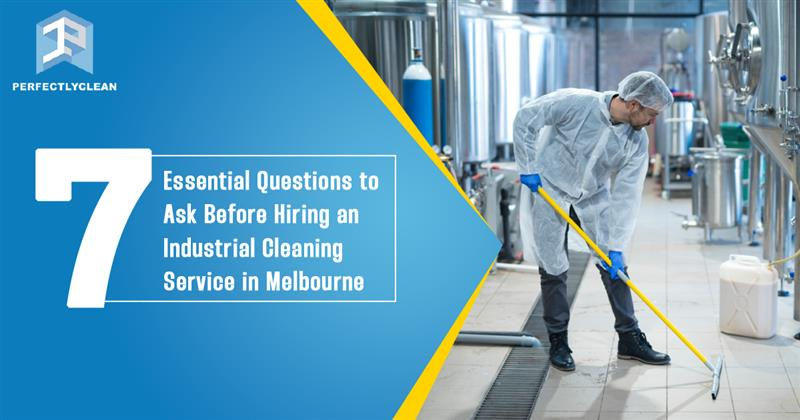Factory Cleaning Checklist: For a Clean Production Environment
- Ashwin M
- Jul 15, 2024
- 3 min read
Updated: Sep 2
A short blog to understand the requirements for a productive factory environment. The question is what are the places that require cleaning in the factory? You may know the answer to this question. Yes, All the places in the factory should be cleaned.
Maintaining a clean and organised factory environment is pivotal for ensuring product quality, worker safety, and compliance with industry regulations.

A comprehensive factory cleaning checklist can help streamline the cleaning process and ensure that all critical areas are thoroughly addressed.
In this blog post, we will explore the key elements of a factory cleaning checklist and provide guidance on how to implement an effective cleaning routine.
Establish a Cleaning Schedule
The first step in creating a factory cleaning checklist is to establish a routine cleaning schedule.
Determine the frequency of cleaning for different areas of the factory, taking into account factors such as the level of production, the presence of hazardous materials, and the potential for contamination.
It is generally recommended to have a daily cleaning routine for high-traffic areas and a more detailed, weekly or monthly cleaning schedule for less frequently used spaces.
Identify Critical Cleaning Zones
Divide your factory into distinct cleaning zones based on the specific activities and equipment present in each area.
This will help ensure that all areas are thoroughly cleaned and that no important tasks are overlooked. Some common cleaning zones in a factory setting include:
Production floors
Assembly lines
Workstations
Storage areas
Packaging and shipping zones
Break Rooms and restrooms
Maintenance and mechanical rooms
Develop a Comprehensive Checklist
Create a detailed checklist that covers all the necessary cleaning tasks for each zone. This checklist should include the following elements:
Area or equipment to be cleaned
Specific cleaning tasks (e.g., wiping down surfaces, vacuuming, mopping, sanitising
Cleaning products and tools required
Frequency of cleaning (daily, weekly, monthly)
Responsible personnel or cleaning team
Inspection and verification procedures
Prioritise Safety and Compliance
Ensure that your factory cleaning checklist prioritises worker safety and regulatory compliance.
This may include:
Proper storage and handling of cleaning chemicals
Use of personal protective equipment (PPE) by cleaning staff
Adherence to industry-specific cleanliness standards
Proper disposal of hazardous waste materials
Train and Empower Cleaning Staff
Provide comprehensive training to your cleaning staff, ensuring they understand the importance of each task and the correct cleaning procedures. Identify and report any issues or areas that require additional attention by giving them the opportunity to take accountability for their responsibilities.
Implement Continuous Improvement
Regularly review and update your factory cleaning checklist to incorporate feedback from cleaning staff, production personnel, and quality control teams. Make sure the checklist remains relevant and effective over time by identifying opportunities to streamline the cleaning process.
By implementing a comprehensive factory cleaning checklist, you can maintain a spotless production environment, improve product quality, enhance worker safety, and demonstrate your commitment to operational excellence.
Invest in a well-designed warehouse cleaning program and reap the benefits of a clean, efficient, and compliant factory. Moreover, a reliable cleaning company like Perfectly Clean can help you elevate your production to grow much higher than your previous quarter.
Why Perfectly Clean-Factory Cleaning
We are a 10+ year old company located in Melbourne, and are experienced in the niche of factory cleaning. Moreover we are the best in this for various many reasons, such as
Quality to Trust
Caring Professional Team
Environment - Friendly
Tailored to You
Dependable and Honest
These are some of the reasons that are addressed to you, there are many more in the list and once you get services from our local cleaners, you will suggest us to other factories. Reach out to us for more information.





